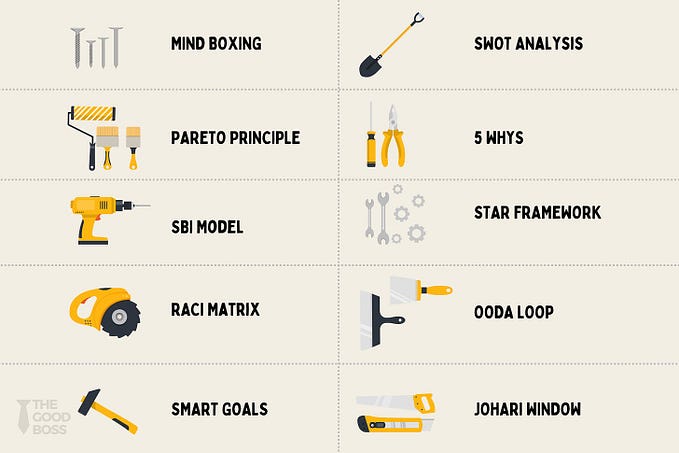How to Make Your 1:1s the Most Efficient Tool in Your Toolbox
If you’re a manager, but also an IC (individual contributor), I assume you spend a lot of time doing one-on-ones.
I’ll take another wild guess and assume that unless it’s critical to one of the sides — these 1:1s tend to get shortened, postponed or, God forbid, cancelled.
I’ll push it a little more and say that you sometimes ask yourself — “why do I do this? It feels like we’ve just talked, and this is quite an awkward situation to find myself in..”

I find 1:1s to be the most efficient and powerful tool to do our job, as managers. Throughout the years I’ve been on both sides of this situation, and only recently I’ve formulated a strong opinion on how it needs to be done, based on experience and books (“Manager in Shorts” and “The Five Dysfunctions of a Team”).
Through 1:1 you can build trust.
I cannot emphasize enough how much easier your job will be when your direct reports trust you and you trust them back. Perhaps I can do it on a different post, but now let’s talk about HOW these meetings should be conducted.
The “Don’t Do”s on 1:1
A 1:1 meeting isn’t the time to ask “what’s the progress on project A?”, nor is it the time to solve a technical issue the direct report (DR) was stuck upon.
I’ll say it again in different phrasing as this is critical: It’s not a sync or an update meeting. You should have plenty of other opportunities for that like daily standups, sprint checkups (either a talk or a tool for that) or just randomly asking “How’s project X coming along?”
So what should we talk about ?
The “Do”s on 1:1
Obviously you discuss the tasks, but the focus is on the employee, and the “why” (not accusing, just understanding together) and the “what” (what can we do to help).
I listed the things that should be achieved on 1:1s here below. Not all of them will appear on every 1:1.
- Safe Space — whatever happens in the 1:1 room stays between you and the DR (direct report), unless, of course, you have action items (a raise, changes to our code-review methods, etc). This sounds easy, but what’s really easy here is to break this rule and lose a lot of trust points.
- Downward Feedback — Manager to DR. You and the team member should have a general growth plan (even if it’s not too detailed), and the 1:1 is a wonderful opportunity to point out recent (and sometimes small) events and give incremental feedback. It doesn’t matter if they are positive examples or examples for improvement, but for the latter, it is critical that it is passed on as constructive feedback.
- Upward Feedback — DR to Manager and the company/department. You should encourage your employees to share their thoughts on the company’s direction, the team structure and on you. You achieve two things here:
A. You can fix some of the issues or at least move towards a solution. If your employees see that you address the issues they raise, trust points are headed towards you.
B. You have the opportunity to eliminate these issues when they are small, before they have affected the entire team. Hence efficiency.
The Settings
- Frequency:
The following section is relevant to managers who see their direct reports a few days a week and do not work 100% remotely.
I do my 1:1s every other week. In my opinion, this maintains the “tension” between the parts. It makes the meeting more productive since both parties come more prepared and less exhausted. The DRs are motivated to share their thoughts even more since they know that if it’s not now — they will have to wait a month to say what they wanted to.
I’m very open and available for them at any time, and encourage them to schedule ad-hoc 1:1s, but it doesn’t happen very often. - Time:
I schedule between 30 and 45 minutes, and I leave 15 minutes open afterward. This is very helpful when we’re having a sensitive or open conversation and I don’t want to end it and resume later or tomorrow (as the settings can’t be recreated and this will lose its value). Also, having a few minutes after the 1:1 can resolve 80% of the issues raised by employees (e.g., setting up a meeting to discuss X, asking HR about Y, etc.).
One last thing, if it wasn’t clear, I would like to emphasize that as the manager, you are responsible for the 1:1. The content, the fact that it’s happening and the followups.
Summary
By following these methods, you will be able to create a healthier culture, have more satisfied employees, and frankly have an easier time managing.
Sounds like a win-win-win, and trust me — it’s that simple.









